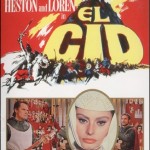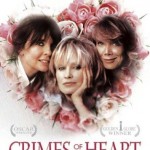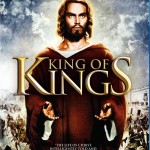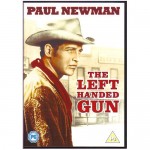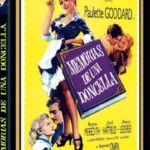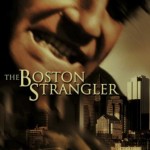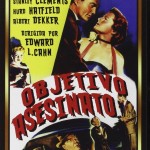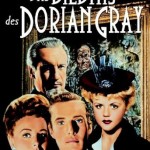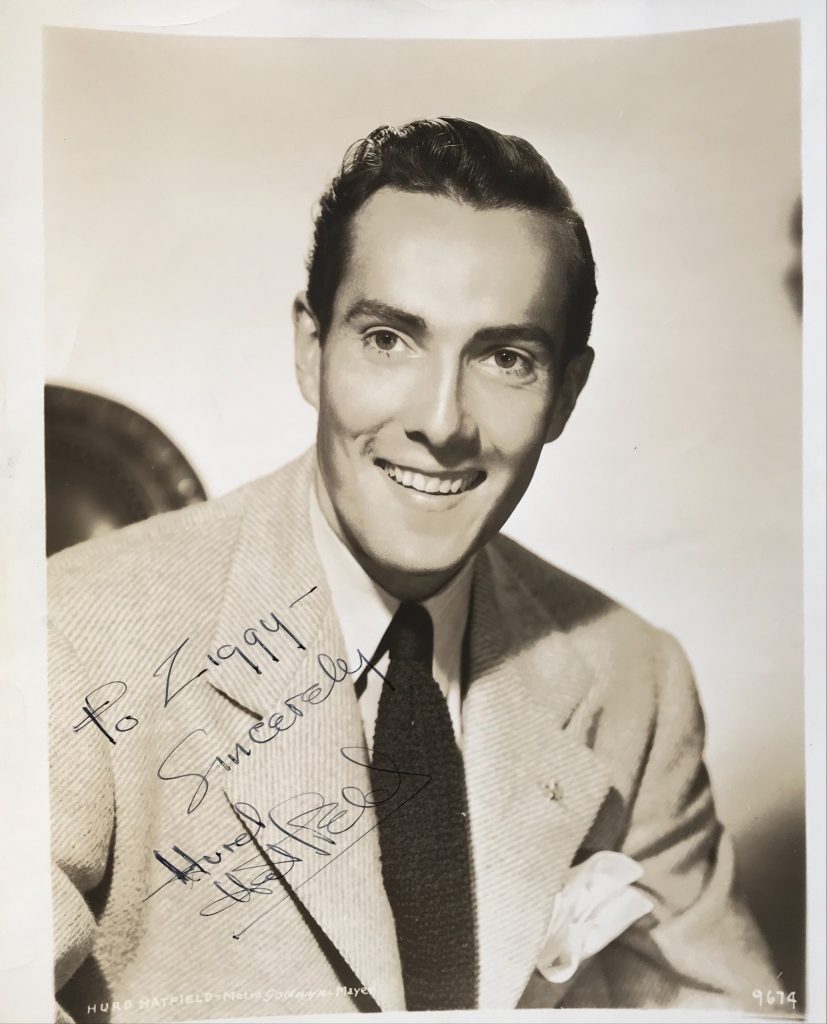
Hurd Hatfield was born in 1917 in New York City. He came to fame with his role in “The Picture of Dorian Gray” with Angela Lansbury. His other roles include “El Cid”, “King of Kings” and “The Boston Strangler”. He lived in Ireland and died there in 1998.
His obituary by Tom Vallance in “The Independent”:
He would later say, however, that the role was a curse as well as a blessing, for within five years he was appearing in B movies, and throughout the rest of his life he would be associated with that single role, despite a long and varied career in film, television and particularly theatre. “I have been haunted by The Picture of Dorian Gray,” he said. “New York, London, anywhere I’m making a personal appearance, people will talk about other things but they always get back to Dorian Gray.” Coincidentally, until recently Hatfield’s appearance remained remarkably youthful, and he became accustomed to being asked if he kept a painting of himself in his attic.
He was born William Rukard Hurd Hatfield in New York City in 1918. He won a scholarship to study acting at Michael Chekhov’s Dartington Hall company in Devon, England, and made his professional debut in the spring of 1939 playing the Baron in scenes from The Lower Depths at the company’s theatre. Returning to the United States with Chekhov’s company, he toured as Sir Andrew Aguecheek in Twelfth Night, Caleb Plummer in Cricket on the Hearth, and Gloucester in King Lear, before making his Broadway debut as Kirilov in The Possessed (1939).
This adaptation of several Dostoevsky works into one sombre 15-scene play ran for only 14 performances, with both the acting and Chekhov’s direction deemed excessively stylised. While the company was playing on the West Coast, Hatfield was signed by MGM and cast as Lao San in the studio’s 1944 adaptation of Pearl Buck’s epic novel Dragon Seed, about the effect of Japanese invasion on a family of Chinese farmers. “That was some experience,” said Hatfield later. “A nightmare! Walter Huston was my father, Katharine Hepburn my sister, Aline MacMahon from New York my mother, Turkish Turhan Bey my brother, Russian Akim Tamiroff my uncle – it was a very odd Chinese family!”
Hatfield then auditioned for the role of vain young sensualist who trades his soul for eternal youth in The Picture of Dorian Gray (1945). “Oscar Wilde’s original Dorian is blond and blue-eyed,” he said later, “and here I was, this gloomy-looking creature. I almost didn’t go to the audition, and when I did, all these blond Adonises were to the right and left of me. I looked like one of their agents!”
The director Albert Lewin had just written and directed a successful transcription of Somerset Maugham’s The Moon and Sixpence, and he was given a large budget to make an opulent and literate version of Wilde’s novel, though critics objected to the many liberties that were taken with the story. The strict censorship of the time worked to some extent in the film’s favour, making the suggestions of corruption and decadence all the more telling for being oblique.
Harry Stradling’s photography, which blazed into colour from black-and- white when it showed the ageing, increasingly dissolute portrait (by Ivan Albright), won an Academy Award. George Sanders was ideally cast as the cynical misogynist Lord Henry Wotton and Angela Lansbury won an Oscar nomination for her portrayal of Sybil Vane, the music-hall singer whose plaintive rendition of “Little Yellow Bird” wins Gray’s heart before he is persuaded by Wotton to jilt her cruelly.
Hatfield’s enigmatic, passive performance was given a mixed reception (one critic described his lack of facial animation to that of an actress playing Trilby while under the hypnotic spell of Svengali). Variety reported, “He plays it with little feeling, as apparently intended, and does it well . . . he’s singularly Narcissistic all the way.” The majority felt that the actor’s immobile features and flat tones suggested the mixture of beauty and depravity called for, but although the film was a great success it failed to ignite Hatfield’s film career. “The film didn’t make me popular in Hollywood,” he commented later. “It was too odd, too avant- garde, too ahead of its time. The decadence, the hints of bisexuality and so on, made me a leper! Nobody knew I had a sense of humour, and people wouldn’t even have lunch with me.”
His next film was an independent production, the off-beat Diary of a Chambermaid (1946), adapted by Burgess Meredith from Octave Mirbeau’s 1900 novel Le Journal d’une femme de chambre and directed by Jean Renoir, who was a great admirer of Paulette Goddard, Meredith’s wife and the star of the film. In this strongly cast production, Hatfield held his own as the consumptive son of a wealthy landowner who finds strength and redemption through the love of a chambermaid, but the film, now regarded as a minor classic, was only a succes d’estime at the time of its release, and Hatfield returned to MGM to play a subsidiary role as one of the scientists working on the atom bomb in the studio’s semi-documentary of the weapon’s development, The Beginning or the End (1947).
He had a better role in Michael Curtiz’s enjoyable thriller The Unsuspected (1947), as an artist driven to alcohol by his wife’s infidelities. In Walter Wanger’s costly but ponderous Joan of Arc (1948), Hatfield played Father Pasquerel, chaplain to Joan (Ingrid Bergman), but, when this was followed by roles as the villain in two B movies, The Checkered Coat (1950, as a psychotic killer called Creepy) and Chinatown at Midnight (1950), he decided to return to the stage.
In 1952 he appeared on Broadway as Dominic in Christopher Fry’s Venus Observed, directed by Laurence Olivier, and the following year played Lord Byron and Don Quixote in Tennessee Williams’s Camino Real, directed by Elia Kazan. He was Prince Paul in the Broadway production of Anastasia (1954), played the title role in Julius Caesar in the inaugural season of the American Shakespeare Festival at Connecticut, Stratford (1955) and appeared as Don John in John Gielgud’s legendary production of Much Ado About Nothing (1959).
He occasionally returned to Hollywood, notably for two sexually ambivalent roles: the epicene follower of Billy the Kid (Paul Newman) in Arthur Penn’s film of Gore Vidal’s The Left-Handed Gun (1958) and a homosexual antique dealer considered a suspect in The Boston Strangler (1968) – the scene in which he is questioned by a liberal police officer (Henry Fonda) was one of the most potent in the film. He was in two of 1965’s epics, King of Kings and El Cid, and in 1986 returned to the screen to play the ailing grandfather of Jessica Lange, Sissy Spacek and Diane Keaton in Crimes of the Heart.
His prolific television work included The Rivals and The Importance of Being Ernest (both 1950), the title roles in The Count of Monte Cristo (1958) and Don Juan in Hell (1960), episodes of Suspense, Alfred Hitchcock Presents and Murder She Wrote, and in 1963 an Emmy-nominated performance as Rothschild in The Invincible Mr Disraeli. In recent years he toured Germany, Northern Ireland, Latvia and Russia in The Son of Whistler’s Mother, a one-man play about James McNeill Whistler, and in July 1997 he made a personal appearance at the Metropolitan Museum of Art in New York in connection with an exhibition of paintings by Albright (including Dorian Gray).
A bachelor, Hurd Hatfield had lived for many years on an estate in Ireland (he also owned a house on Long Island), commuting for acting assignments. He recently stated that he had accepted his permanent association with the role of Gray, even though the film had for him been “a terrible ordeal in self- control, everything being so cerebral”. He added, “But not many actors are fortunate enough to have made a classic. One friend told me it’s a good thing I didn’t make Dracula and have my entire professional life dominated by that!”
William Rukard Hurd Hatfield, actor: born New York 7 December 1918; died Monkstown, Co Cork 25 December 1998.
For “The Independent” obituary on Hurd Hatfield, please click here.


